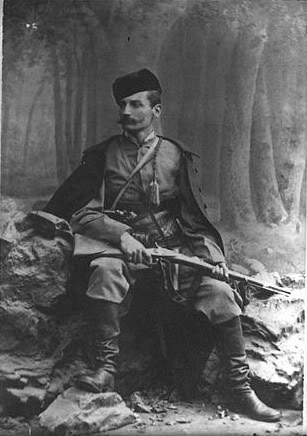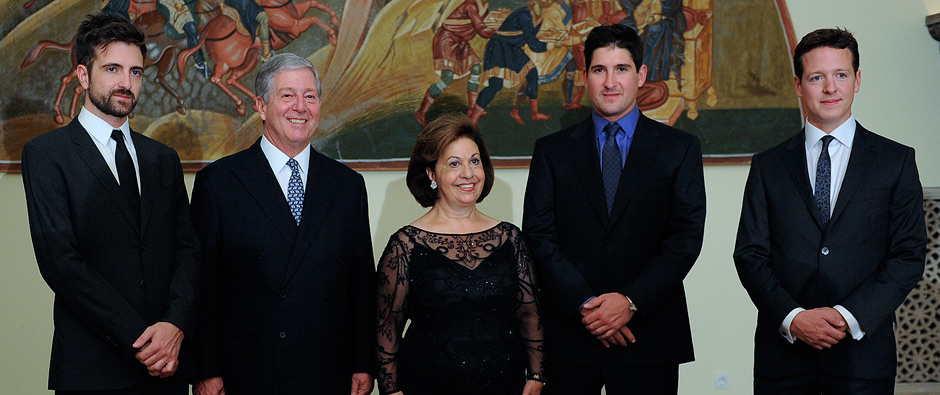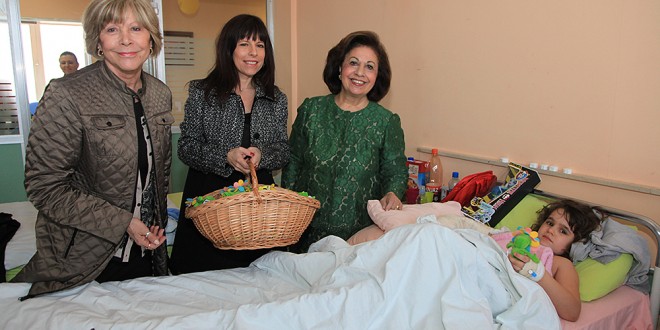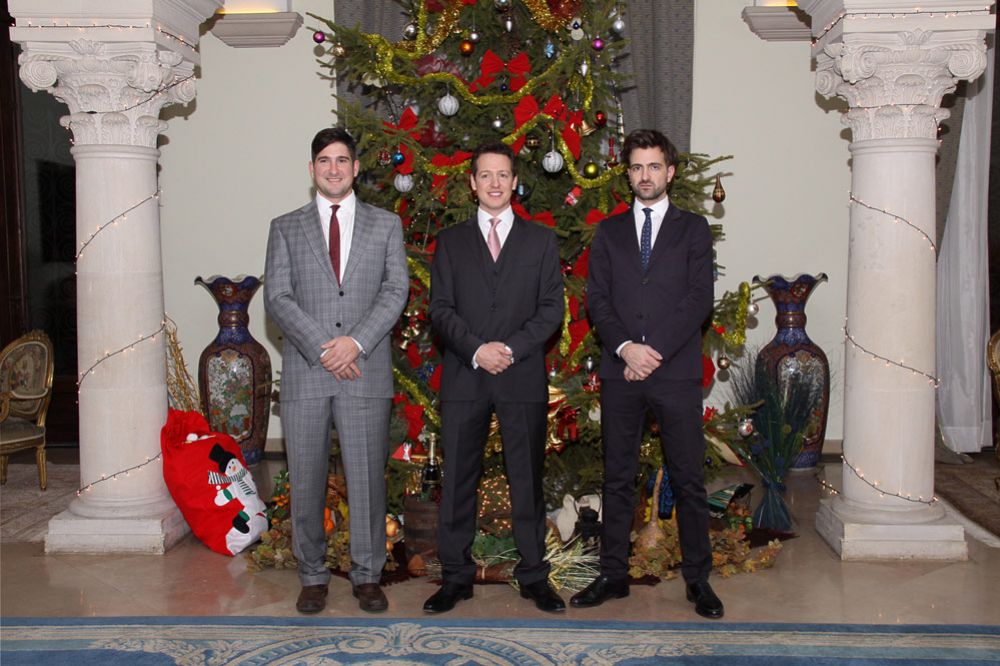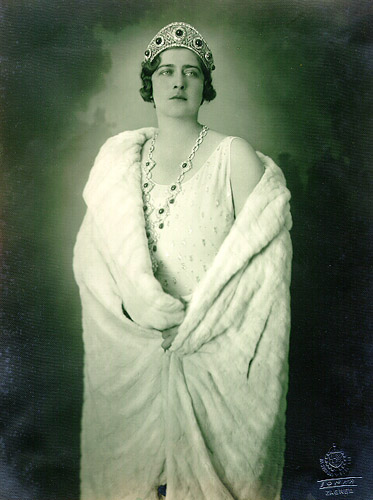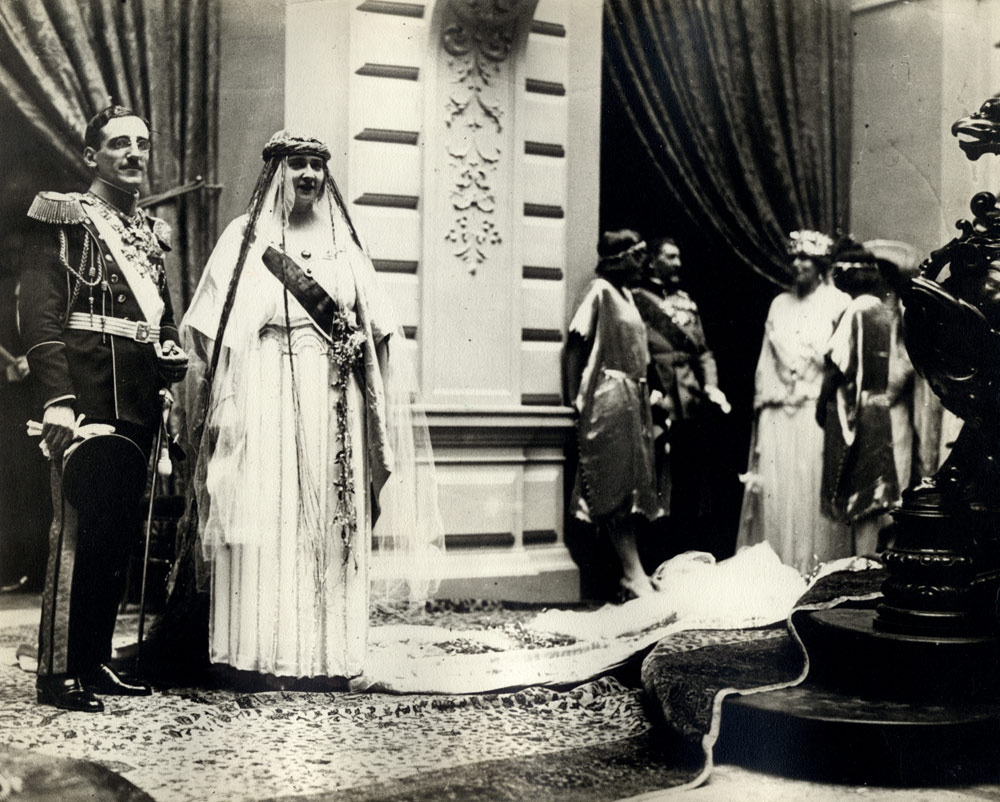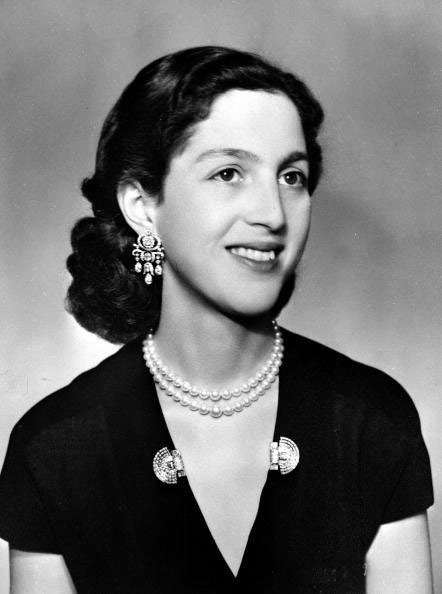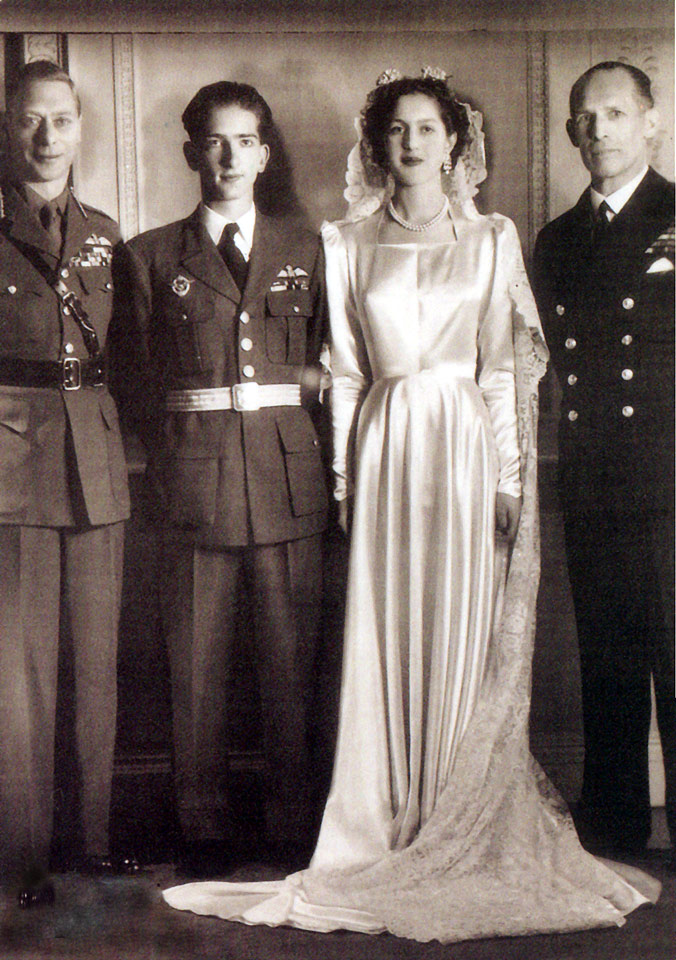by Scott Mehl © Unofficial Royalty 2016

Zorka of Montenegro, Princess Zorka Karađorđević -source: Wikipedia
Princess Ljubica Petrović-Njegoš of Montenegro (known as Zorka), who died before her husband became King of Serbia, was born on December 23, 1864, in Cetinje, Montenegro, the eldest child of the future King Nicholas I of Montenegro and Milena Vukotić.
Zorka had eleven younger siblings. Her two sisters Milicia and Anastasia, are best known for having introduced Empress Alexandra Feodorovna, wife of Nicholas II, Emperor of All Russia to Grigori Rasputin in 1905.
Zorka’s siblings:
- Princess Milica of Montenegro (1866 –1951), married Grand Duke Peter Nikolaevich of Russia, had four children.
- Princess Anastasia of Montenegro (1868 – 1935), married (1) George, Duke of Leuchtenberg, had two children, divorced (2) Grand Duke Nicholas Nikolaevich of Russia, no children
- Princess Marica of Montenegro (1869 – 1885), died at the age of sixteen
- Princess Elena of Montenegro (1871 – 1952), married Victor Emmanuel III, King of Italy, had five children.
- Danilo, Crown Prince of Montenegro (1872 – 1939), married Duchess Jutta of Mecklenburg-Strelitz, no children.
- Princess Anna of Montenegro (1873 – 1971), married Prince Franz Joseph of Battenberg, no children.
- Princess Sofia of Montenegro (born and died 1876), died in infancy
- Prince Mirko of Montenegro (1879 – 1918) he married Natalija Konstantinović,had five sons.
- Princess Xenia of Montenegro (1881 – 1960), unmarried
- Princess Vera of Montenegro (1887 – 1927), unmarried
- Prince Peter of Montenegro (1889 – 1932), married Violet Wegner, no children
Raised in Cetinje, Zorka was privately educated before being sent to Russia in 1875 to attend the Smolny Institute in St. Petersburg, established by Catherine the Great in the 1760s to provide education for the daughters of the nobility.
After graduating in 1883, she returned to Montenegro and a marriage was arranged to Peter Karađorđević, son and heir of the former Prince of Serbia, Alexander, who had abdicated in 1858. Zorka and Peter were married on August 1, 1883, in Cetinje, where they settled and had five children:
- Princess Jelena of Serbia (1884 – 1962) – married Prince Ioann Konstantinovich of Russia, had issue; Ioann was executed by the Bolsheviks on July 18, 1918, along with Grand Duchess Elizabeth Feodorovna and four other Romanovs. See Unofficial Royalty: Execution of Grand Duchess Elizabeth Feodorovna and Five Other Romanovs
- Princess Milena of Serbia (1886 – 1887) – died in infancy
- Prince George, Crown Prince of Serbia (1887 – 1972) – renounced his rights to succession in 1909; married at the age of 60 to Radmila Radonjić, no issue
- King Alexander I of Yugoslavia (1888 – 1934) – married Princess Maria of Romania, had issue
- Prince Andrew of Serbia (1890) – died at birth along with his mother

Princess Zorka (center) holding her son George. Her daughter Jelena is standing next to her and her husband Peter is standing on the left (with his brother, Arsen, standing on the right). source: Wikipedia
On March 16, 1890, 25-year-old Princess Zorka died while giving birth to her youngest child Andrew who also died. She was initially buried in Cetinje, Montenegro at the Cetinje Monastery. In 1903, thirteen years after her death, her husband would return the Karađorđević dynasty to the Serbian throne as King Peter I. Her remains were later moved to the Mausoleum of the Serbian Royal Family beneath St. George’s Church, Oplenac, Serbia.
Serbia/Yugoslavia Resources at Unofficial Royalty


